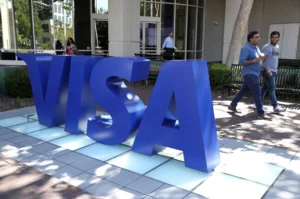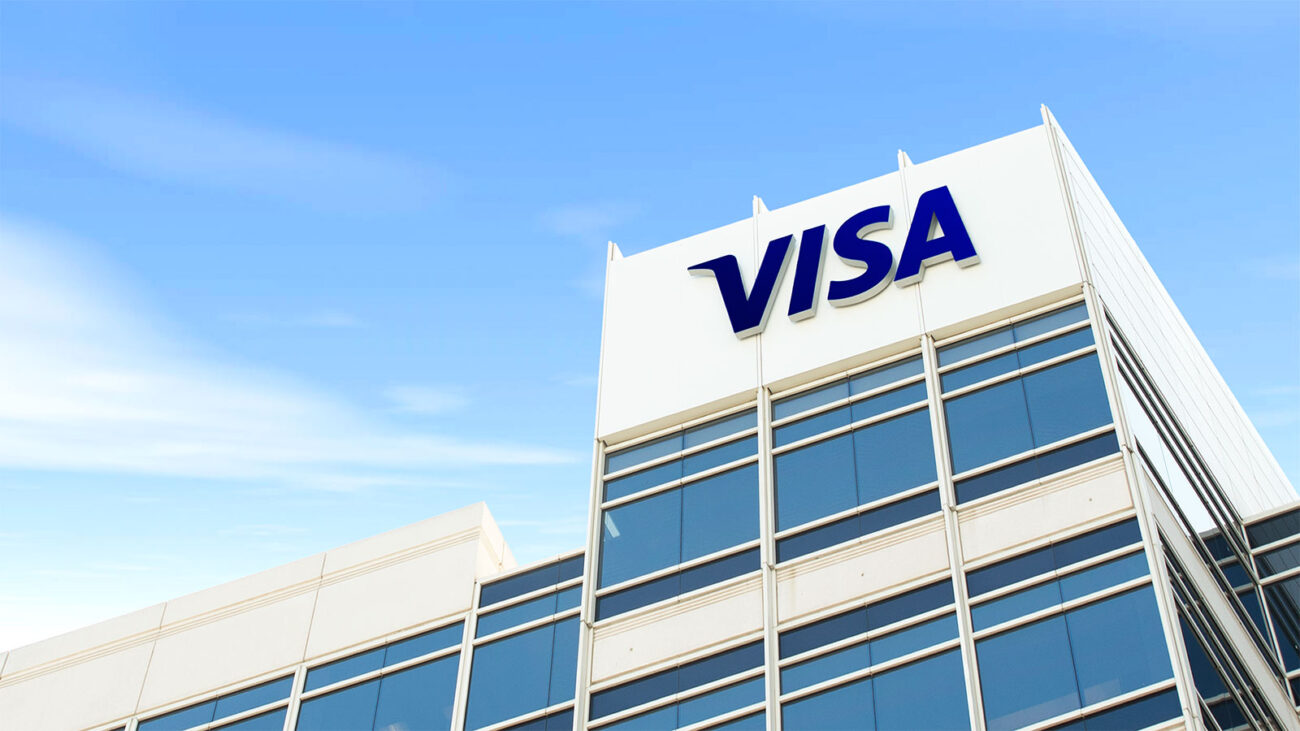Working abroad is a dream for many professionals visa , students, and skilled workers around the world. A job in another country offers not only better career prospects but also cultural experiences, networking opportunities, and personal growth. However, before you can board a plane and start your international career, there’s one major step you must complete successfully: securing a work visa.
Applying for a work visa can feel intimidating, especially if it’s your first time dealing with immigration paperwork. Each country has its own requirements, documentation standards, and eligibility criteria. Mistakes can easily delay or even derail your application. The good news is that by following a structured approach, doing your research, and preparing carefully, you can maximize your chances of approval.
In this guide, you’ll learn step-by-step how to apply for a work visa successfully—from understanding visa categories, gathering documents, submitting applications, preparing for interviews, to avoiding common mistakes.

Understanding What a Work Visa Is
A work visa is an official authorization that allows a foreign national to legally work in another country for a specific period of time. Work visas are usually tied to:
-
An employer sponsorship (most common).
-
A specific skill shortage program.
-
A government migration initiative.
Some visas are temporary (valid for months or years), while others can lead to permanent residency.
Common Types of Work Visas
-
Employer-Sponsored Visa – Issued when a company abroad hires you and supports your visa application.
-
Skilled Worker Visa – For professionals with skills in demand (e.g., IT, healthcare, engineering).
-
Seasonal or Temporary Work Visa – For short-term work like farming, hospitality, or construction.
-
Intra-Company Transfer Visa – For employees of multinational firms relocating abroad.
-
Working Holiday Visa – For young people combining travel and short-term work.
Step 1: Research the Right Visa for Your Situation
Before applying, you need to know which visa category fits your profile. Choosing the wrong type is one of the most common mistakes applicants make.
How to Research the Right Visa
-
Visit the official immigration website of your target country.
-
Identify work visa categories and eligibility requirements.
-
Look for occupation lists (many countries publish lists of jobs in demand).
-
Consult your potential employer for guidance on sponsorship.
Example
-
Canada: Express Entry (skilled workers) or employer-specific LMIA-based work permits.
-
UK: Skilled Worker visa for healthcare, teaching, and technology roles.
-
Australia: Temporary Skill Shortage visa for sectors lacking local workers.
-
USA: H-1B visa for specialty occupations (tech, engineering).
Step 2: Secure a Job Offer or Sponsorship (If Required)
For most work visas, you must have a job offer from a company in the destination country.
How to Get a Job Offer
-
Use job portals like LinkedIn, Indeed, Glassdoor, and Monster.
-
Apply through company career pages (Google, Microsoft, Marriott, etc.).
-
Network through LinkedIn, alumni groups, and professional associations.
-
Join embassy job programs or government-matched initiatives.
Why Sponsorship Matters
An employer’s sponsorship usually means they:
-
Provide you with a job contract.
-
Apply for necessary labor certifications.
-
Sometimes cover part of your visa expenses.
Step 3: Gather Required Documents
Each country has slightly different requirements, but the core documents are usually the same.
Common Documents Needed
-
Valid passport (with at least 6–12 months validity).
-
Completed visa application form.
-
Job offer letter or employment contract.
-
Educational certificates and professional qualifications.
-
Curriculum Vitae (CV) or Resume.
-
Proof of work experience.
-
Passport-sized photos (as per country specs).
-
Police clearance certificate (background check).
-
Medical examination reports (if required).
-
Proof of funds (bank statements).

Pro Tip
Always check the official embassy checklist for the specific visa category. Submitting incomplete or outdated documents is a common reason for rejection.
Step 4: Complete the Application Form Carefully
Accuracy is critical. Errors, inconsistencies, or missing details can lead to refusal.
Application Tips
-
Fill out the form electronically if possible to avoid handwriting errors.
-
Double-check spellings, dates, and numbers.
-
Be consistent with the information on your CV, job contract, and supporting documents.
-
Answer all questions truthfully. Immigration offices cross-check your details.
Step 5: Pay the Application Fees
Most countries require an application fee before processing your work visa.
-
Payment is often done online via credit card.
-
Some embassies accept bank drafts or money orders.
-
Fees vary widely:
-
Canada: $155 (work permit).
-
UK Skilled Worker Visa: £610–£1,408.
-
USA H-1B Visa: Employer usually pays, but costs range from $460–$2,500.
-
Keep a copy of your payment receipt—you’ll need it later.
Step 6: Schedule and Attend Your Biometrics/Interview
Many countries require biometric data (fingerprints, photos) or an in-person interview at the embassy or visa center.
Biometrics Appointment
-
Book an appointment early—slots fill fast.
-
Bring your passport, application receipt, and appointment letter.
Interview Preparation
-
Dress professionally.
-
Bring original copies of all documents.
-
Be ready to answer questions about:
-
Your job and employer.
-
Why you want to work in that country.
-
Your plans after the visa expires.
-
Pro Tip: Confidence and honesty go a long way in interviews.
Step 7: Wait for Processing and Track Your Application
Processing times vary by country and visa type.
-
Canada: 2–4 months.
-
USA (H-1B): 3–6 months (can be expedited with premium processing).
-
UK Skilled Worker Visa: 3 weeks.
-
Australia: 1–3 months.
Tracking Your Application
Most embassies provide an online tracking system. Keep checking updates and be responsive to any additional requests.
Step 8: Receive Decision and Visa Approval
If approved, you’ll receive:
-
Visa sticker on your passport.
-
Or an electronic approval letter (depending on the country).
If denied, don’t panic. Review the rejection letter carefully—sometimes it’s a minor issue like missing documents. You can usually reapply after correcting mistakes.
Step 9: Plan Your Relocation
Once you have your visa:
-
Book your flight early.
-
Arrange temporary housing (Airbnb, hostel, or employer-provided).
-
Get international health insurance.
-
Carry copies of your job offer and visa approval when traveling.
Step 10: Follow Rules After Arrival
Your visa comes with conditions—violating them can lead to cancellation.
-
Work only for the sponsoring employer (if employer-specific).
-
Renew your visa before expiry.
-
Follow tax regulations.
-
Respect local laws and cultural norms.
Tips to Increase Your Success Rate
-
Start Early – Begin your application months before your job start date.
-
Stay Organized – Keep all documents in digital and physical folders.
-
Tailor Applications – Every country and visa category is different.
-
Get Translations – If your documents are not in English, provide certified translations.
-
Seek Employer Help – Many international employers have HR teams experienced with visa sponsorships.
Common Mistakes to Avoid
-
Submitting Incomplete Documents – Double-check embassy checklists.
-
Using Fake Documents – Immigration offices verify everything; fraud can lead to permanent bans.
-
Ignoring Deadlines – Apply well before your intended travel date.
-
Not Preparing for Interviews – Poor answers can create doubts about your intentions.
-
Relying on Unofficial Agents – Always apply through official embassy channels.
Case Studies: Successful Work Visa Applications
Case 1: IT Specialist in Canada
John, a software developer from Nigeria, applied for a Canadian work permit after securing a job offer through LinkedIn. He carefully followed the checklist, uploaded all documents, and received approval in just 10 weeks.
Case 2: Nurse in the UK
Maria, a nurse from the Philippines, was hired directly by an NHS hospital. With employer sponsorship, her Skilled Worker Visa was processed in 3 weeks. She avoided middlemen and saved thousands in fees.
Case 3: Engineer in Germany
Ahmed, an engineer from Egypt, applied for Germany’s EU Blue Card. He researched the process on “Make it in Germany,” submitted documents correctly, and got approval within 2 months.
The Future of Work Visas
As globalization continues, countries are updating their immigration systems to attract skilled workers. Trends include:
-
Faster processing times through digital applications.
-
Remote work visas for digital nomads (Portugal, Estonia, Dubai).
-
More employer-driven visas in industries facing shortages (healthcare, IT).
-
AI-driven checks to reduce fraud and speed up approvals.
Final Thoughts: How to Apply Successfully
Applying for a work visa successfully requires preparation, patience, and attention to detail. The key is to research thoroughly, organize your documents, follow official instructions, and avoid shortcuts.
Quick Recap of Steps:
-
Research the right visa.
-
Secure a job offer or sponsorship.
-
Gather required documents.
-
Complete the application accurately.
-
Pay fees.
-
Attend biometrics/interview.
-
Track processing.
-
Receive decision.
-
Plan relocation.
-
Follow rules after arrival.
With the right strategy and persistence, you can transform your dream of working abroad into reality—without unnecessary delays or rejections.
